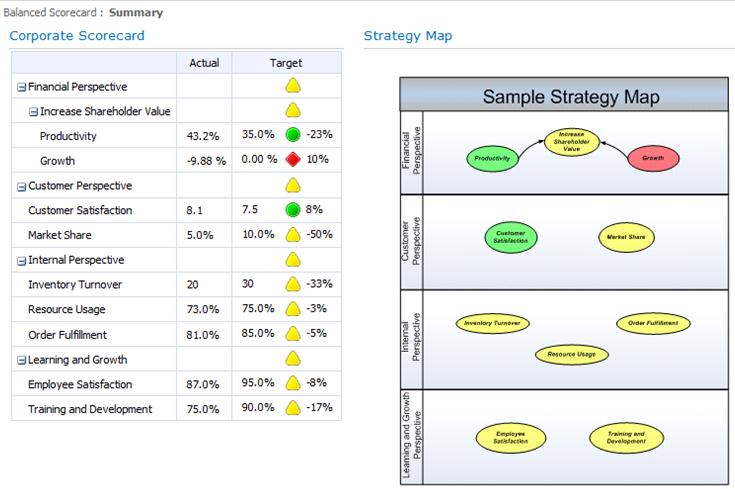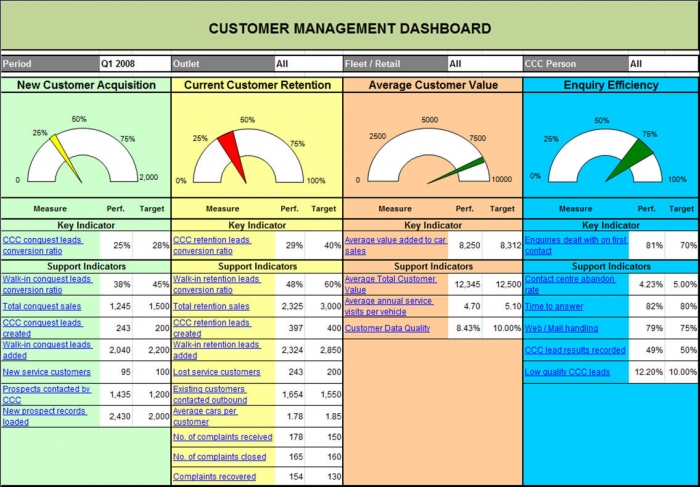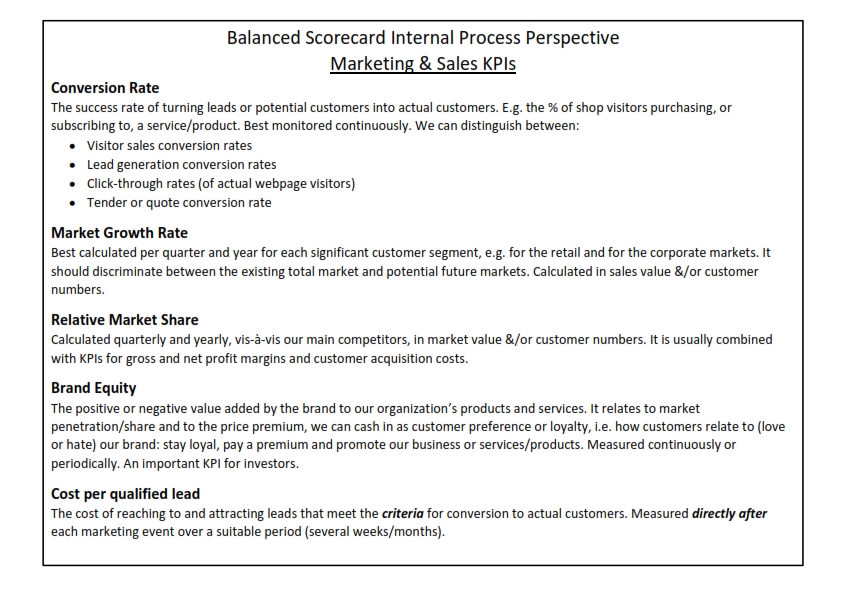By Nicos & Koralia Timotheou
We have seen in our previous Newsletters that business success means creating and DELIVERING value by executing OPTIMALLY your MISSION –be it an organizational, a corporate, a departmental, a professional, a political or a personal one.
Optimally executing your mission means executing productively your mission-dictated processes which create and deliver value –as perceived by the recipient stakeholders –be them owners, customers, employees, partners, investors, creditors, suppliers, regulators or the community at large.
Value is judged by the recipient stakeholders in terms of their own yardsticks –which they define and set; and we are obliged to identify and measure or, at least, find out and commit ourselves to deliver!
The value yardsticks define the measures with which the productivity of our (mission-dictated) processes and all our employed enablers and assets –be them human, services, capital, fixed, equipment, raw/intermediate materials, and so on- must be judged –in terms of productivity, i.e. of effectiveness, efficiency and outcome quality.
So by defining and targeting the value we plan and commit ourselves to create and deliver, we need to set and meet our organizational / professional objectives and measure them.
These objectives are defined as Key Performance Indicators (KPIs).
We have, hence, established that KPIs are performance measures of corporate (&/or professional) processes and, therefore, performance measures of the owners of each and every process.
When, for example, the owners of the organization, a CEO/Manager manages, dictate that EBIDTA is the measure of the value they expect, then the whole organization as a top level process and he/she (being the CEO) as the process owner has EBIDTA as his/her KPI.
Similarly, the top level KPIs could be
- CSI, a Customer Satisfaction Index –as expected and perceived by the Customers;
- Market Share, as measured statistically or exactly in absolute numbers;
- Employee Engagement, as expected by Management, themselves and as expressed by the employees in appropriate surveys; and so on.
KPIs Hierarchy and Inter-dependencies
Once we have established the top level KPIs, usually called Corporate KPIs, we need to establish KPIs at the lower levels.

- This is done by identifying the processes in which top level processes are (hierarchically) decomposed down to the level where basic processes are executed as autonomous, self-standing activities, i.e. as sets of tasks that turn input assets to useful outputs.
- For each of the processes at all levels we need to identify suitable KPIs.
- So, as processes are decomposed into a hierarchy of inter-dependent processes (and sub-processes), in a similar way, KPIs are decomposed into lower level KPIs.
- And since processes (and sub-processes) are executed and managed by people, who, in essence, own them, KPIs are owned by people.
- Each KPI is an index measuring a specific aspect of the level (value) an attribute of a process reaches and has an appropriate unit and periodicity, as well as a measurement method.
- During periodical business planning, e.g. annually, a target is set for each KPI. And then during execution, actual performance is measured periodically, e.g. quarterly and compared to the target.
- Managers and staff at each and every level, down to the ground floor, need to know “their” KPIs and their targets and measure their performance –and ideally participate in setting them. The set of KPIs, targets and actuals of each one form his/her/their Dashboard.
- In a well-defined hierarchy of KPIs, we can drill-down from each high-level actual value, so as to establish how lower-level KPI values contributed to it.
- So, for example, if the Market Share of a specific type of product, say extra-fine virgin olive oil, is measured, we should be able to drill-down to find out what our Market Share per geographic area or by customer segment and so on. Similarly, if the Volume of this product is our KPI, it should be able to drill-down and find out how much was sold per geographic area, per selling outlet, per salesperson, etc.
- Some of the KPIs will certainly be compound ones. In this case, we need to establish as accurately as possible how lower level, or even same-level KPIs of different perspectives in our Balanced Scorecard, affect this KPI. For example, the sales volume of a particular product may be affected by the Customer Satisfaction KPI.
KPIs are distinguished between Lagging and Leading KPIs.
Lagging indicators look toward the past. They enable us to see whether we have accomplished our targets or not.
- In a for-profit organization, the top-level KPIs are typically financial and/or customer value objectives. In non-profit organizations or in government services, these could measure customer/citizen value.
- Lagging indicators could show trends for the future BUT they do not predict what is going to happen.
Leading indicators help you understand what you need to achieve in order to meet your targets of other KPIs.
- For example, the business plan could demand that specific target values are achieved in the CSI KPI and a Marketing KPI, so as to enable the achievement of another set value for the Market Share KPI. In this case the two first KPIs are measured at near-real time, since they serve as leading KPIs for the Market Share KPI, which is a lagging KPI.
> Ask yourselves: Which KPIs in the following KPI dashboard are leading and which are lagging?

> Do remember:
>> Identifying and selecting KPIs is as important as correctly decomposing processes –both lying in the field of Business Process Management (BPM);
>> Similarly, the measurement method and periodicity is important –and belongs to BPM;
>> Setting targets is also an important managerial task –and lies in the field of Business Planning;
>> At the end of the day, KPIs measure not only process performance but ultimately personal, team, departmental and organizational performance.Spend three minutes relating the following Marketing/Sales KPIs to your Financial, Customer and Learning & Growth KPIs.
> Spend a couple of minutes to relate the following Marketing/Sales KPIs to your Financial, Customer and Learning & Growth KPIs!



